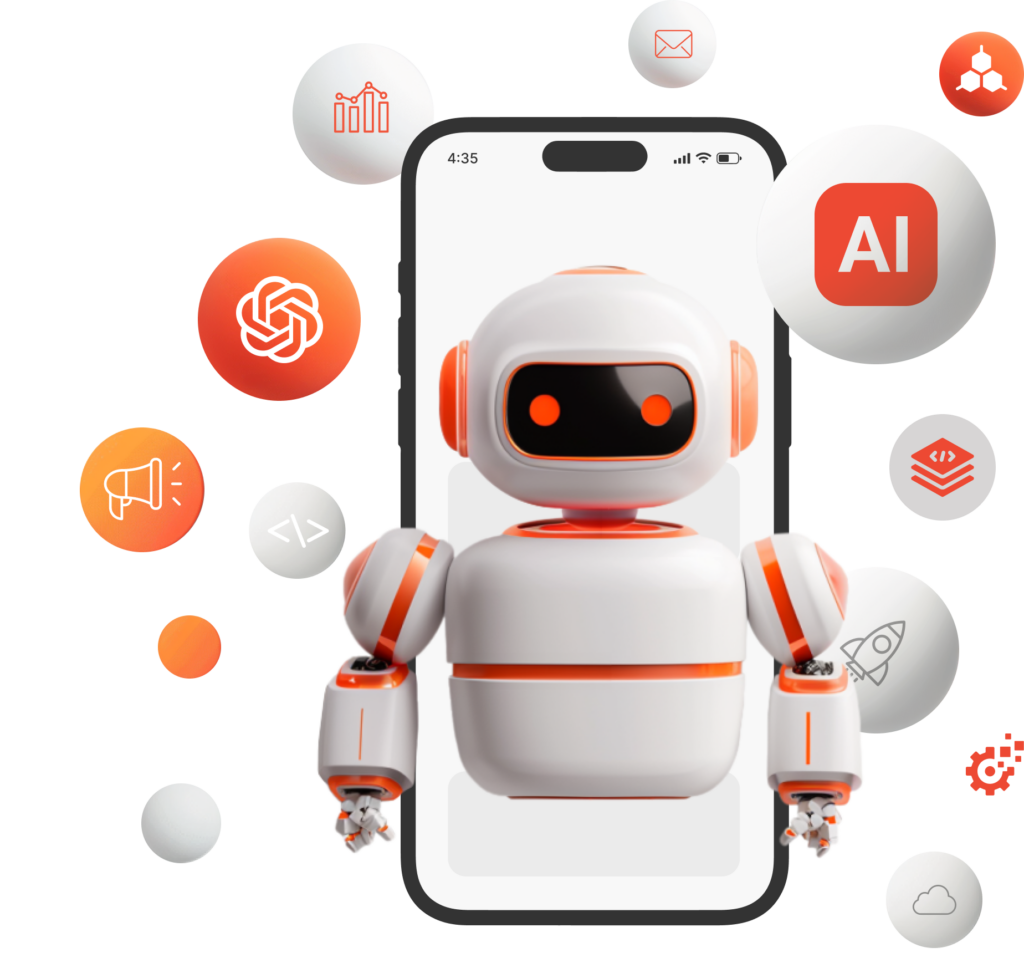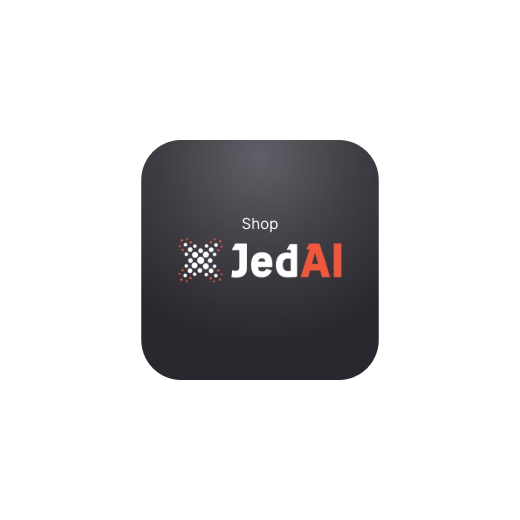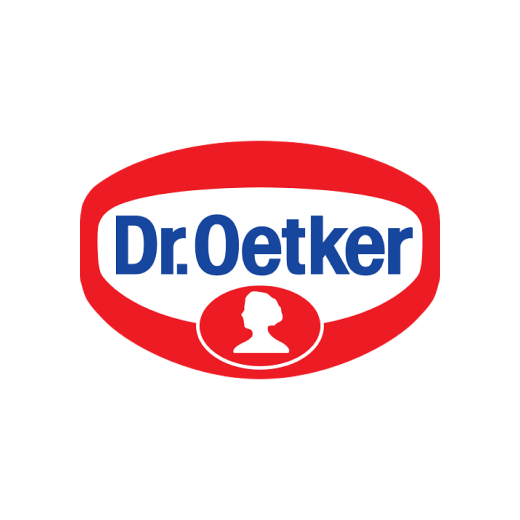Latest case studies

ShopJedAI
Application
-
 86%
of correct answers
86%
of correct answers
-
 2
development streams
2
development streams
-
 4
advanced technologies
4
advanced technologies
An advanced and innovative AI-driven eCommerce marketing solution specifically tailored for small to medium-sized retail businesses.
Learn More
GO Malta
Audit
-
 Documented bot persona & tone of voice
Documented bot persona & tone of voice
-
 Outlined main flows based on the analytical data
Outlined main flows based on the analytical data
-
 Conversation design workshops from experts
Conversation design workshops from experts
Master of Code Global delivered a comprehensive chatbot audit with a future-ready framework for Generative AI integration
Learn More
Burberry
Chatbot
-
 Enhanced buyer engagement and loyalty
Enhanced buyer engagement and loyalty
-
 Increased online sales and revenue generation
Increased online sales and revenue generation
-
 Strengthened brand image and differentiation
Strengthened brand image and differentiation
Master of Code Global developed a Conversational AI concierge, integrated into Facebook Messenger, for a luxury global brand.
Learn More
Dr. Oetker
Chatbot
-
 Engaging virtual assistant
Engaging virtual assistant
-
 Authorized contest entry
Authorized contest entry
-
 AR filters on Instagram for more fun
AR filters on Instagram for more fun
Giuseppe Virtual Assistant on Messenger promoting the Easy Pizzi product and driving engagement for their contest.
Learn More















 Kittch
Kittch 




















